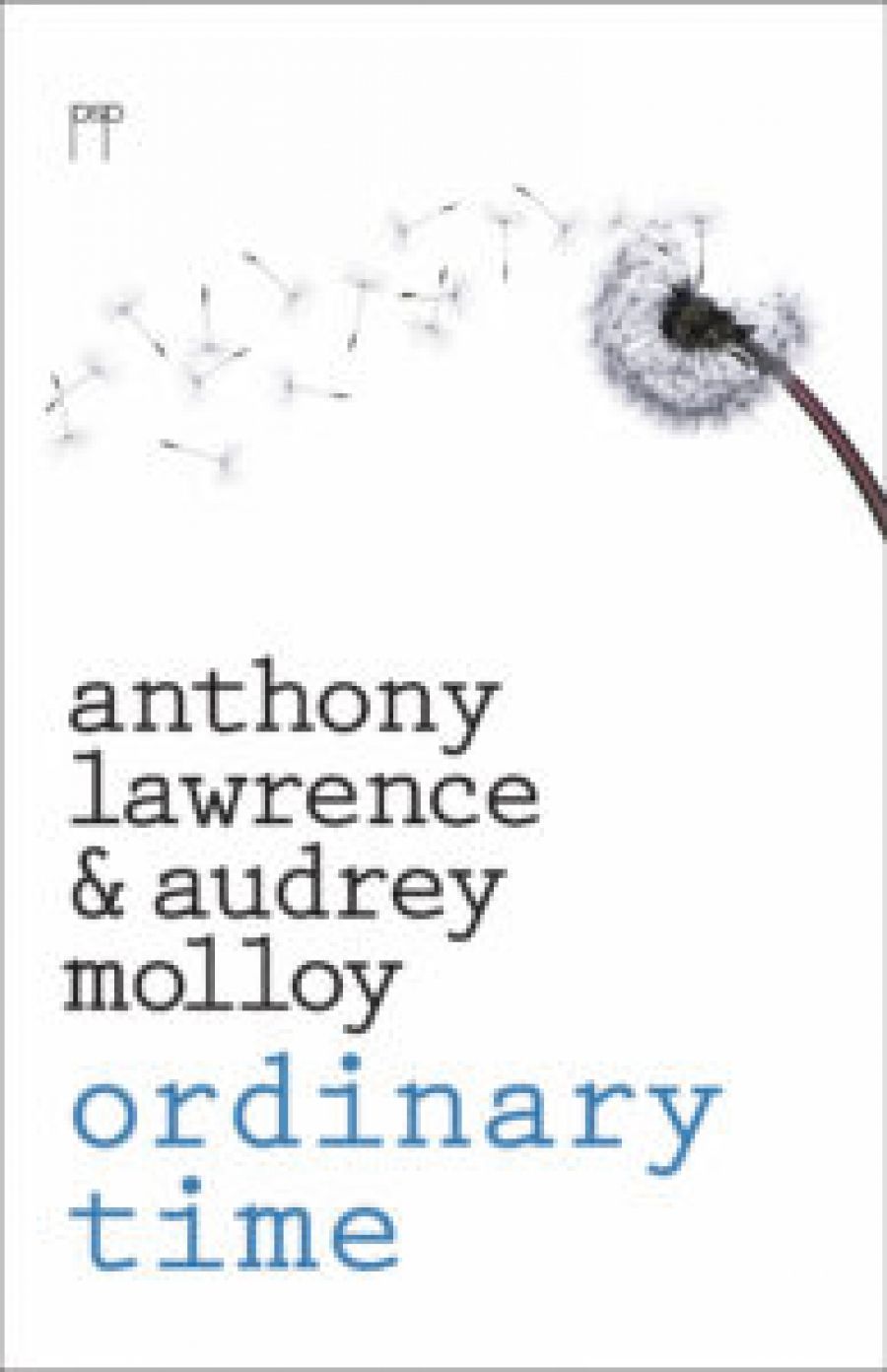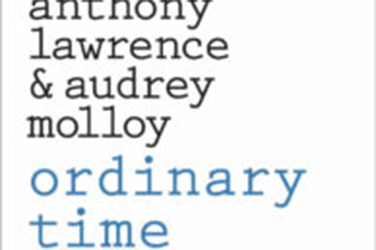
- Free Article: No
- Contents Category: Poetry
- Review Article: Yes
- Article Title: The dance of connection
- Article Subtitle: A kind of epistolary love letter
- Online Only: No
- Custom Highlight Text:
These strange years of pandemic and lockdowns certainly brought challenges and unusual experiences – those of constraint but also, surprisingly, of opportunity and richness. The curious spaces we occupy in the ether have become a seedbed for conversation and exchange; for connections that otherwise might not have found a field in which to prosper. Despite or perhaps because of the limits of the digital, perhaps even because we were undistracted by physical proximity, these spaces seemed to offer the potential for a raw honesty – lacunae of sotto voce conversations which brought us ironically into a form of seemingly unmediated communication. From the hermetically sealed bubble of lockdowns, digital connect took on the intensity of embodied dialogue, the intimate voice in the ear.
- Featured Image (400px * 250px):

- Alt Tag (Featured Image): Rose Lucas reviews 'Ordinary Time' by Anthony Lawrence and Audrey Molloy
- Book 1 Title: Ordinary Time
- Book 1 Biblio: Pitt Street Poetry, $28 pb, 77 pp
One day, the 20th Sunday in Ordinary Time,
on a life-supporting planet,
a woman in a Mary Quant dress
will cross the road, unaware
she carries the tiny germ of me.
The next voice takes up the thread:
As I tightened the last bolt, I surrendered
to the image of mothers,
one in a Mary Quant dress
and one in tennis whites,
airline hostesses off duty, crossing roads
as we ebb and flow
in respective bathyspheres.
There is some ordering that stitches these conversations together: five sections loosely built around notions or images of time, mortality, the clarity of light, the wash of the sea, the possibilities and the limitations of love. However, this is not primarily a poetics of intentional conceptual structuring but a poetics of listening and speaking and allowing that flux to go where it will. Drawn on by the ping of the email or the erotics of the dancing dots of Messenger, the dialogic texture of this book emerges in a manner both organic and charged with anticipation:
I confess. I have been
delivered from sorrow
by the popcorn thrum and the sine wave
of three dots on the Messenger pane
… telling me
you are writing, a poem is on its way.
The precise nature of the exchange that builds in Ordinary Time is hard to define. It is playful and deadly serious, a dialogue of two professional practitioners of poetry, one that is also intensely personal. It has an intimacy that has its origins in the ostensible seclusion, the camera obscura, of the digital letter – be it email or the Messenger pane – where it seems that anything can be told, where love in its broadest sense might allow each voice to speak, to explore, to find the words with which to viscerally engage another person. If Ordinary Time can in part be read as a series of love letters, what is constructed is also a love letter to poetry itself, as a mode of understanding and expression that privileges reflectiveness and expansiveness, that is able to cradle the extremities and the dailiness of human experience.
As the epigraph from Leonard Cohen suggests, ‘We didn’t know it was the ‘60s then. / We just thought it was ordinary time.’ Occupying the ‘era’ of the pandemic – scarcely over yet and still uncertain in its legacies – was not a perspective Lawrence or Molloy (or any of us) had at the time; we were just living, day by day, managing uncertainty, riding the waves of isolation, interiority, and longing. ‘Ordinary time’ is also the space that the separated ‘blood brothers in poetry’ or the would-be lovers long for: a precious moment in which the usually bolted door of ‘time is ajar’ and the unexpected – in the shape of the poem – might slip through.


Comments powered by CComment